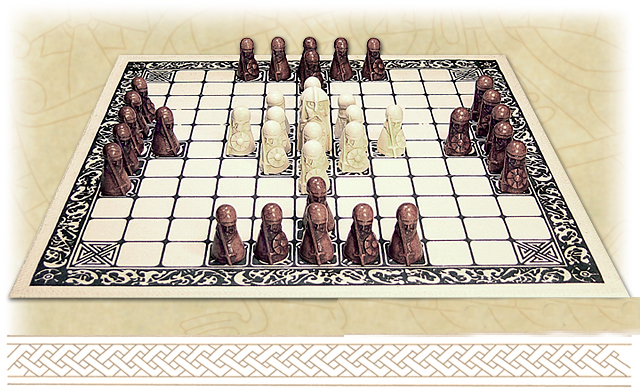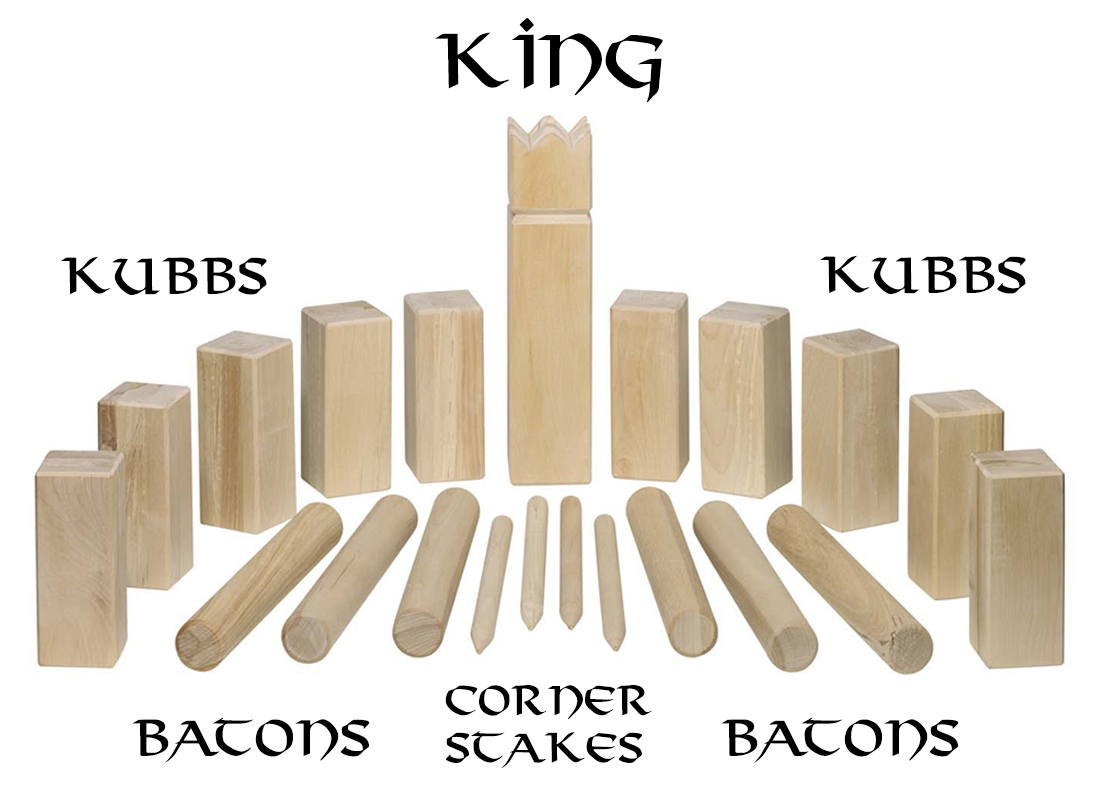The vikings played a game called hnefatafl (king table) often mistranslated as chess. The rules are quite simple as far as they have been pieced together. The game is played on boards of varying sizes, 13x13 is the most common. The king starts on the central square, his throne. He is surrounded by his warriors. On the edges of the board are attackers outnumbering the defenders 2 to 1. All pieces move like chess castles except the king, who moves like a chess king (but not diagonally).
The defender wins if the king escapes to any corner.
The attacker wins if they surround the king.
You kill enemies by moving to opposite sides of an enemy piece. It is legal however to move into the gap between two enemy pieces.

https://historyundusted.wordpress.com/?s=Hnefatafl
How would you go about building an AI for this? MCTS looks easy but there are a go-like number of moves for each turn…



 So at first sight I think this is an important thing to consider, because resulting AI could be… two AIs types?
So at first sight I think this is an important thing to consider, because resulting AI could be… two AIs types?